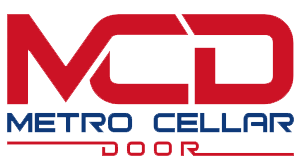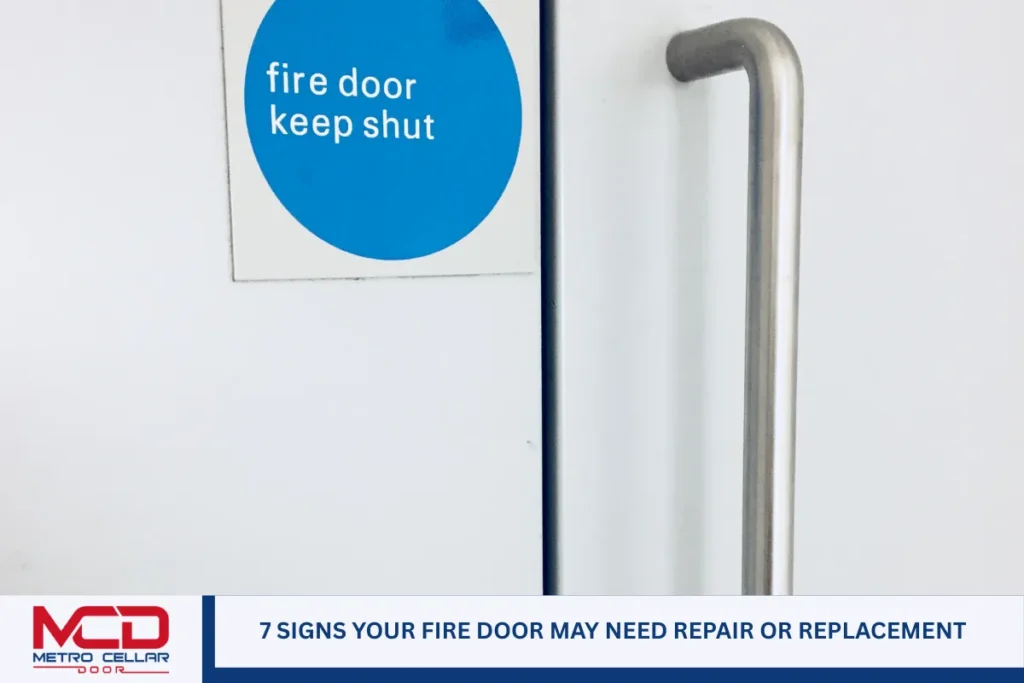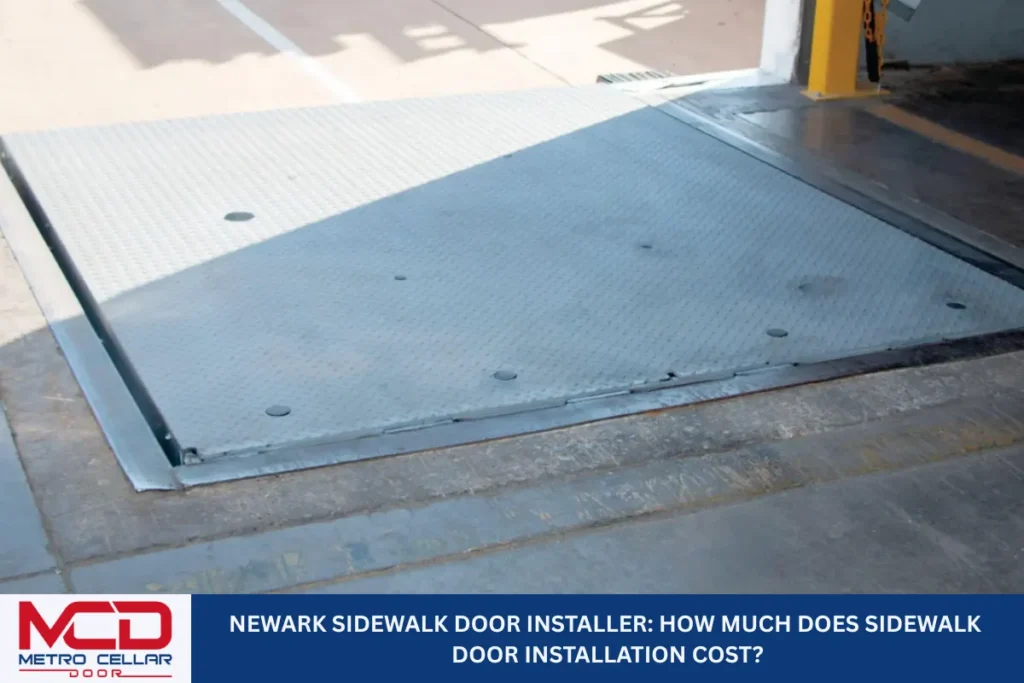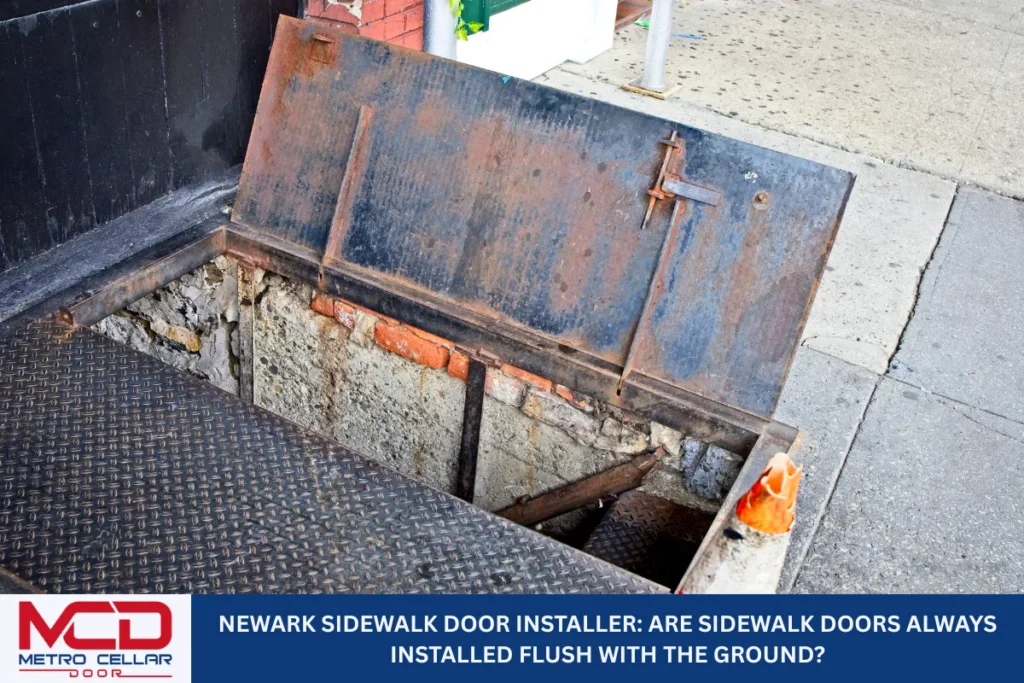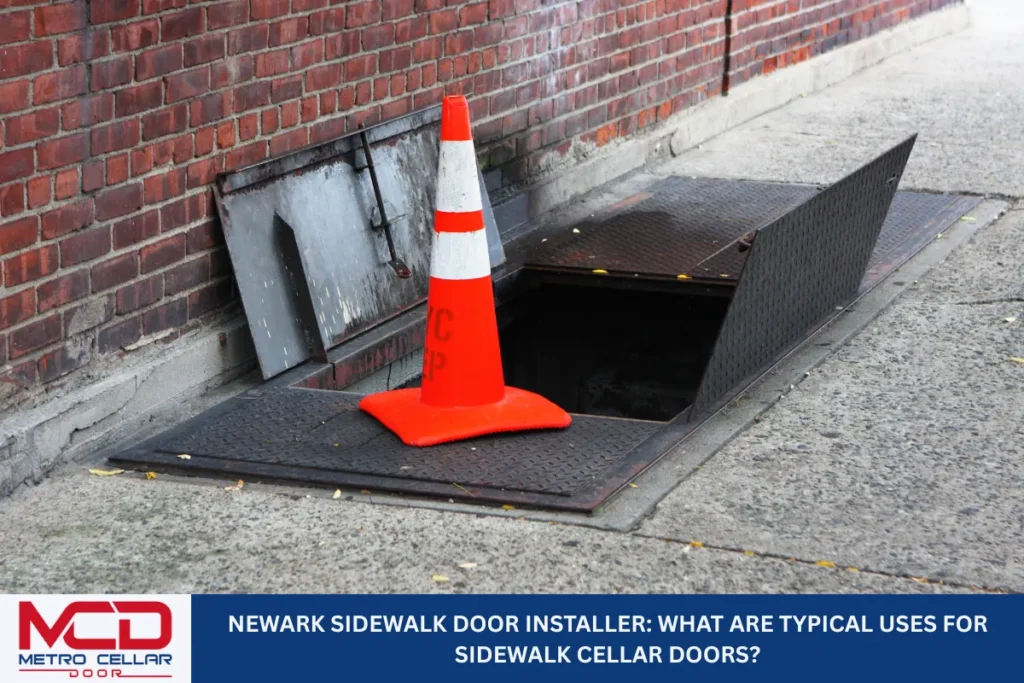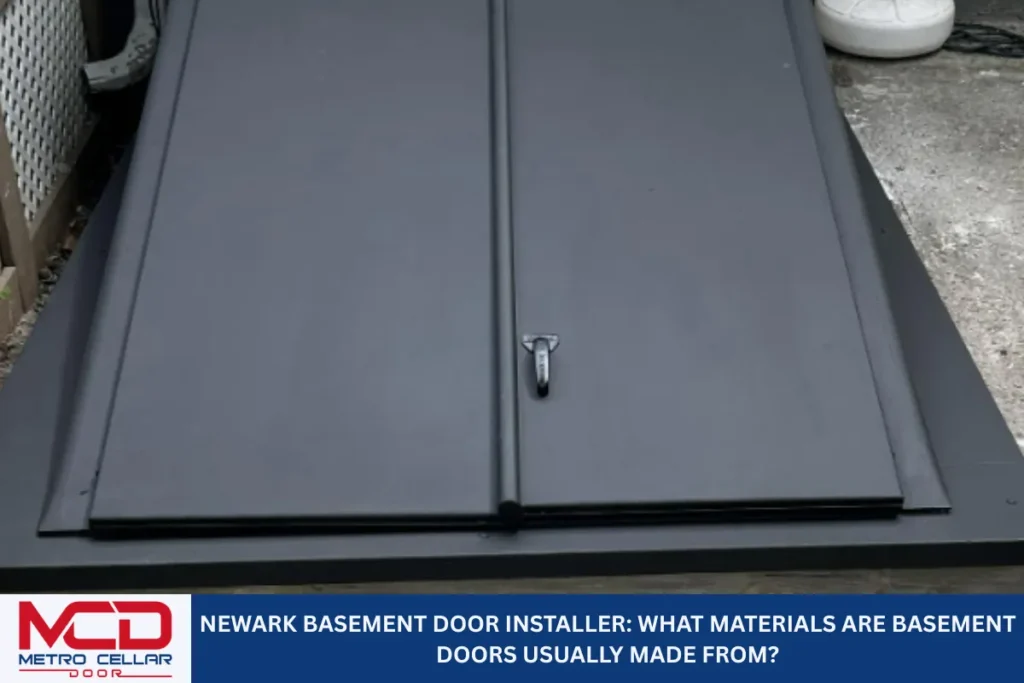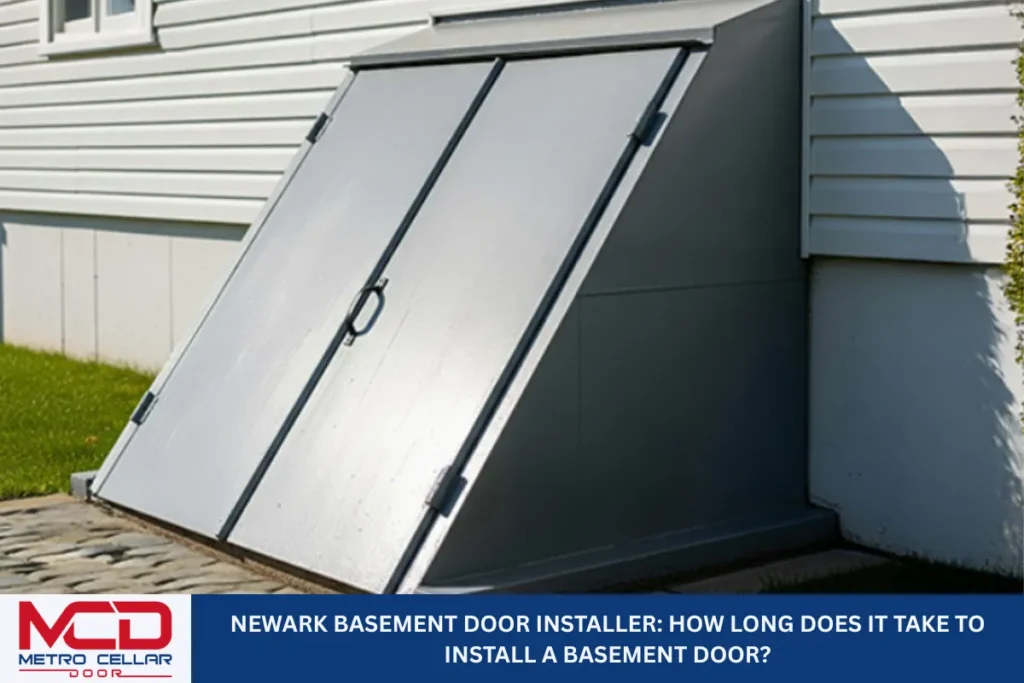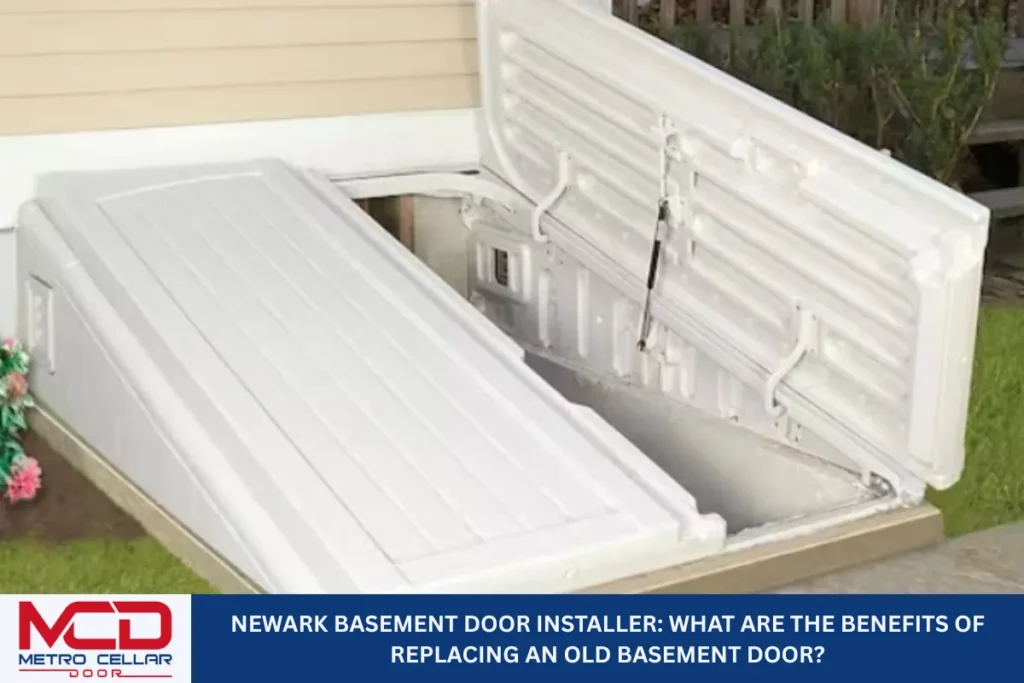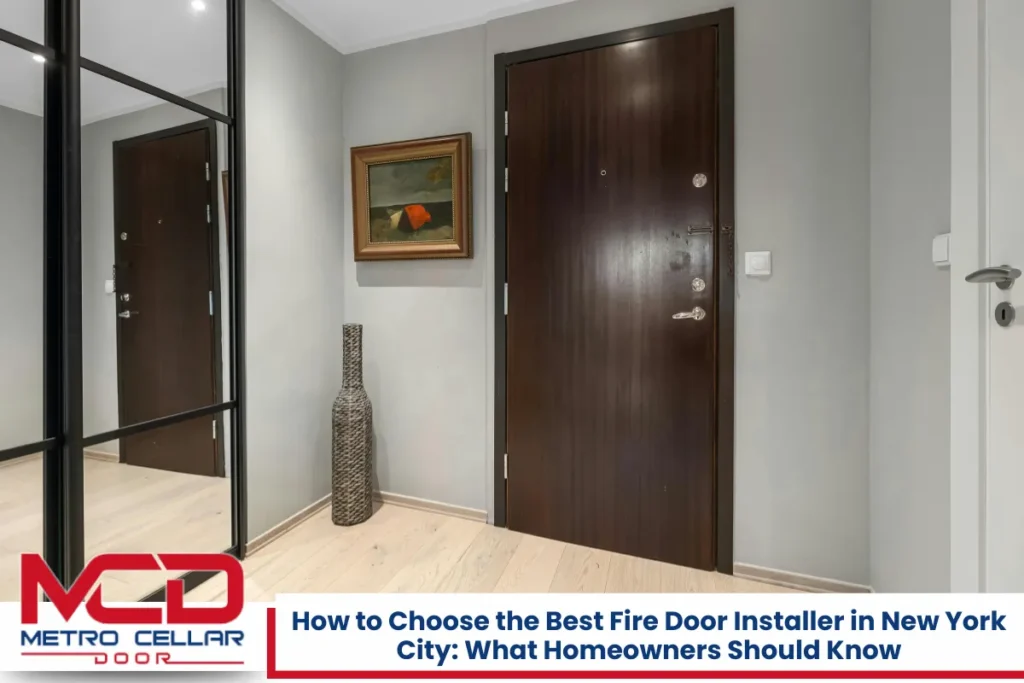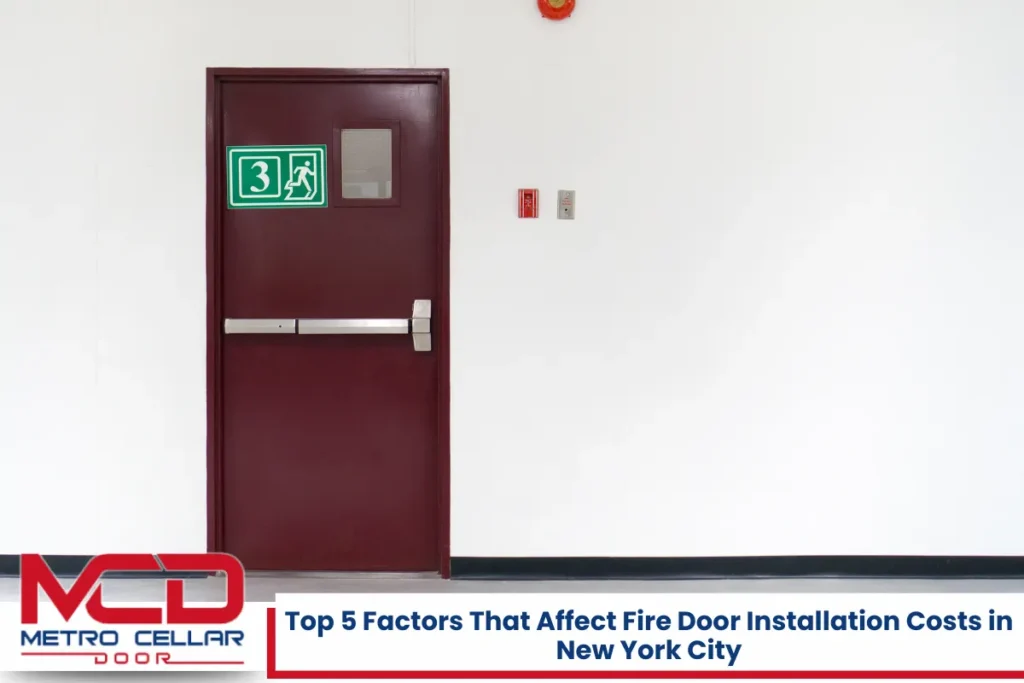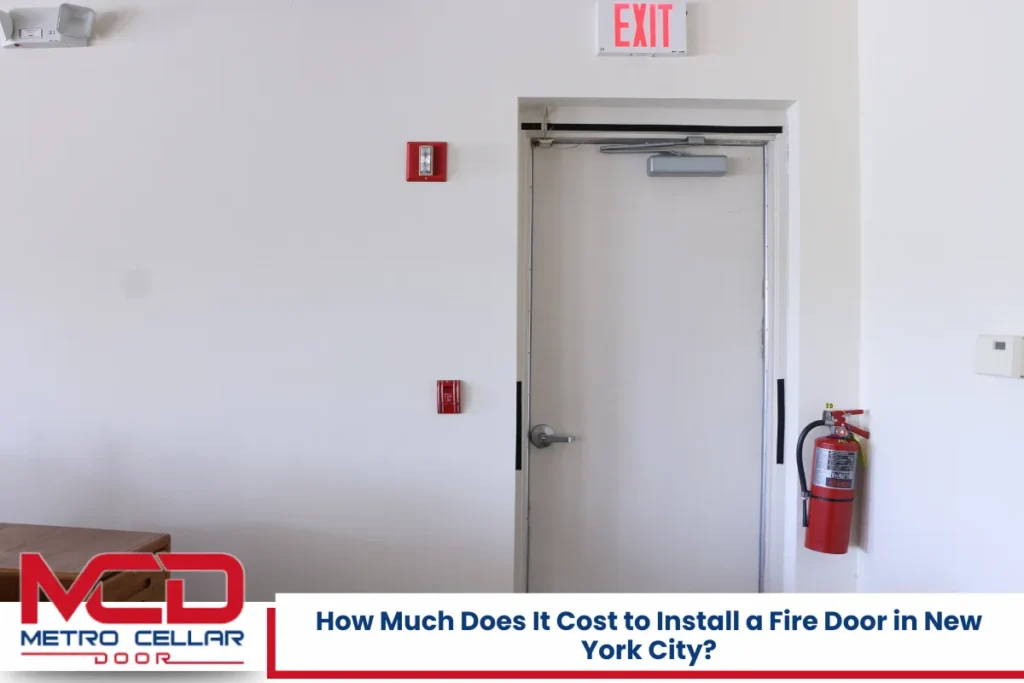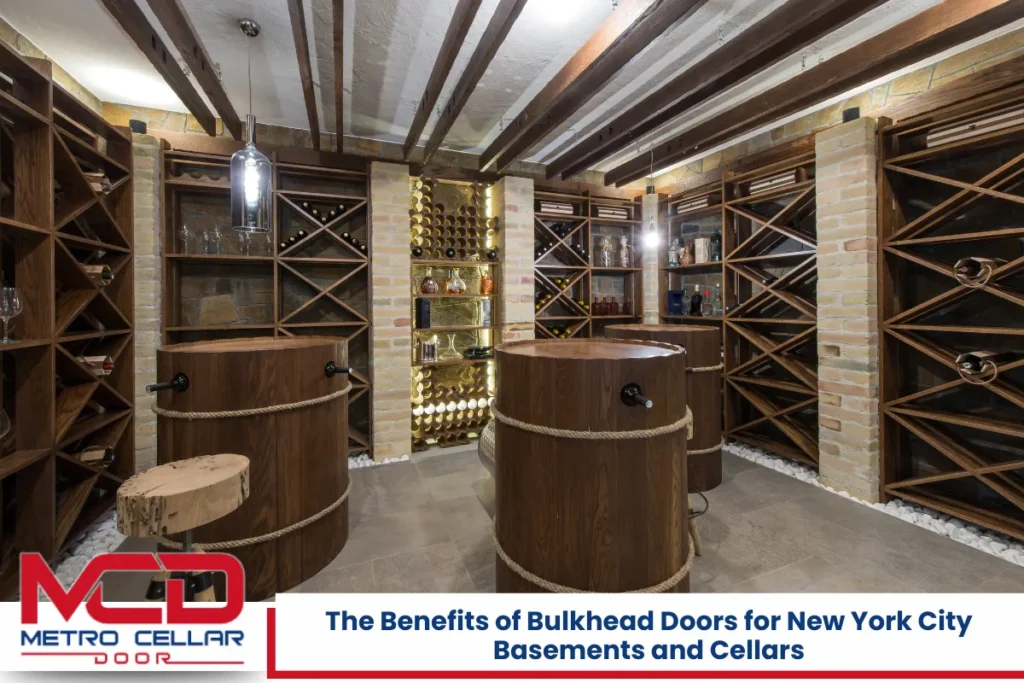A fire door installer plays an important role in ensuring buildings in New York City meet essential fire safety standards. These doors are not ordinary entryways—they are part of a life-saving system designed to contain fires and prevent the spread of smoke and heat. A properly functioning fire door can buy valuable time during emergencies, protecting both lives and property. Over time, however, even the best fire-rated doors can suffer wear and tear, reducing their ability to perform under stress. Knowing how to identify issues early is key to maintaining a safe environment and remaining compliant with NYC regulations.
Understanding the warning signs of a failing fire door helps building owners, landlords, and tenants take prompt action before a minor issue becomes a major hazard. This guide covers seven common signs that signal your fire door may need repair or full replacement. Each point has been tailored to fit the conditions, codes, and expectations found across New York City’s residential and commercial buildings.
Understanding the Role and Purpose of Fire Doors in NYC

Fire doors are specially engineered components within a building’s fire protection system. Unlike standard doors, these are constructed using materials like solid-core timber, reinforced steel, or fire-resistant glass—materials that can withstand extreme temperatures for specific durations. Their main purpose is to compartmentalize a building during a fire, slowing down the spread of flames and smoke to give occupants time to evacuate safely.
In New York City, where buildings are often older and built closely together, the use of certified fire doors is legally mandated in many structures, particularly multi-family housing, commercial properties, and public-access buildings. The NYC Fire Code and local ordinances require annual fire door inspections and strict adherence to standards such as those set by NFPA 80. Even minor non-compliance can lead to violations from the Department of Buildings (DOB) or the FDNY, not to mention serious consequences during a fire event.
1. Visible Surface Damage or Warping

One of the most apparent signs that a fire door is compromised is visible damage on the surface or around the edges. This includes dents, deep scratches, holes, burn marks, peeling finishes, or water damage. Warping—where the door curves or bulges due to exposure to heat, moisture, or age—is especially problematic. A warped door can no longer seal properly against its frame, making it ineffective in containing fire or smoke.
New York’s climate—with freezing winters, humid summers, and older plumbing systems—can introduce a variety of stressors on building materials. Water infiltration from leaky pipes or roof issues may lead to swelling in wooden doors, while metal doors can rust or corrode. These types of physical deformities usually mean that the fire door has lost its structural integrity and needs to be replaced.
2. Improper Closing or Operational Difficulty
A fire door that sticks when opening or doesn’t close smoothly on its own is a serious safety concern. Fire-rated doors are required to close fully and latch without the need for force. If a door drags against the floor, resists opening, or slams shut too hard, it is likely misaligned or has faulty closing hardware.
Common causes in NYC buildings include sagging frames due to building settling, broken hinges, or doors that were improperly installed. Over time, the daily use of these doors—especially in high-traffic commercial buildings—can wear out mechanisms and cause operational failure. Any delay in closing during a fire can drastically reduce the door’s effectiveness, potentially putting lives at risk.
3. Gaps Around the Door Edges

Fire doors must sit tightly within their frames to prevent smoke and flames from seeping through. In New York City, building inspectors often measure these gaps using feeler gauges during annual inspections. If there’s more than 1/8 inch of space around the sides or top of the door—or more than 3/4 inch at the bottom without a threshold—the door is considered out of compliance.
Gaps can form due to loose hinges, improper door installation, or shifting walls and floors in aging buildings. These seemingly small spaces are enough to render a fire door ineffective. Smoke, which travels faster than flames, can pass through even the smallest gaps, reducing the time occupants have to evacuate.
4. Missing, Painted, or Damaged Certification Labels
All fire-rated doors in NYC must include an intact, clearly visible certification label from an approved testing agency such as UL (Underwriters Laboratories) or WHI (Warnock Hersey). This label indicates the door has passed rigorous fire-resistance testing and has been certified for use.
Problems arise when these labels are missing, painted over, scratched off, or too worn to read. NYC building inspectors routinely reject doors without proper labeling, which means they’ll need to be replaced even if the door appears functional. The absence of a label raises doubt about whether the door truly meets fire resistance standards, and there’s no safe way to verify its rating once the label is gone.
5. Missing or Damaged Intumescent Seals

Intumescent seals are strips of material embedded around the edges of fire doors. When exposed to high heat, they expand to fill gaps between the door and frame, effectively blocking smoke and fire. These seals are a critical component of the door’s fire-stopping ability.
With time, these seals can degrade, crack, become dislodged, or even fall out completely. In NYC’s older buildings, some fire doors may not have these seals at all, particularly if the doors were installed before current code requirements came into effect. A missing or deteriorated intumescent seal compromises the door’s performance and can lead to automatic failure during inspection.
6. Faulty or Incomplete Hardware
A fire door’s ability to operate safely and consistently depends on several hardware components:
- Hinges must be tight and rated for fire door use.
- Door closers must control the door’s motion and ensure it latches.
- Latching mechanisms must engage fully every time the door shuts.
If any of these elements are damaged, loose, or missing, the door may not perform correctly. Hardware must also meet fire-rated standards, meaning that replacements must be sourced from code-compliant suppliers. In NYC, using non-rated or incompatible hardware during a repair can lead to violations and increased liability.
Routine use, vandalism, or improper repair jobs are all common culprits in hardware failure. A professional fire door installer can identify and correct these issues quickly, ensuring both safety and compliance.
7. Door Fails to Self-Close and Latch Automatically

For a fire door to be code-compliant in NYC, it must be fully self-closing and self-latching. This means that once the door is opened and released, it must close on its own and lock into place without manual assistance.
This feature ensures that the door is always ready to perform its role in the event of a fire. A fire door that doesn’t latch could be blown open by pressure changes during a fire, allowing flames and smoke to spread. In many NYC building inspections, non-latching doors are among the most common fire code violations cited.
Problems usually stem from broken closers, misaligned frames, worn-out hinges, or damage to the latch itself. Regular inspections and maintenance are key to keeping these components working properly.
Maintaining Fire Door Compliance in NYC Buildings
New York City’s building safety laws are designed with one goal in mind: protecting lives. Fire doors play an essential role in that mission. Local Law 111 and the NYC Fire Code mandate annual inspections for fire-rated doors, especially in multi-unit dwellings and commercial buildings. These inspections ensure that doors function properly, comply with labeling standards, and have all required components in place.
Failure to meet these regulations can lead to heavy fines, revoked occupancy permits, or worse—loss of life in an avoidable emergency. Building owners, property managers, and tenants must take fire door maintenance seriously and address any issues immediately.
Hiring a qualified fire door installer in New York City ensures repairs or replacements meet legal standards and technical specifications. In a city where even a minor safety lapse can lead to major consequences, taking action early makes all the difference.
Fire Door Repair or Full Replacement: How to Decide

Determining whether a fire door should be repaired or replaced depends on several factors:
- Minor issues like loose hardware, damaged seals, or small alignment problems can be repaired cost-effectively.
- Doors with missing labels, structural damage, or compromised core materials usually require full replacement.
- Older doors that were installed before current codes may need upgrading, even if they seem functional.
Cost is always a consideration, but it should never outweigh safety. In many cases, attempting to “patch” a non-compliant door only delays the inevitable—and could cause bigger problems during a fire inspection or real emergency.
Consulting with a professional fire door installer allows property owners to weigh all factors, including compliance, cost, performance, and longevity.
The Importance of Early Detection and Ongoing Compliance
Fire-rated doors are more than just safety features—they are mandatory systems designed to protect lives and property in the event of a fire. Whether you’re managing a residential apartment, office building, or mixed-use facility in New York City, keeping these doors in top condition is not optional. Once any of the signs covered in this article appear—be it damage, hardware failure, or label issues—it’s time to take action. Ignoring them could result in failed inspections, costly violations, or worse, compromised safety when it’s needed most.
Regular checks and timely repairs are essential for maintaining full compliance with NYC regulations. It’s not just about passing inspections—it’s about ensuring peace of mind for everyone who enters the building. Understanding how fire doors function, recognizing the signs of wear, and working with qualified professionals are the most effective ways to protect both people and property across all five boroughs.
NYC Fire Door Installer – Metro Cellar Door Bilco Pro

Metro Cellar Door Bilco Pro provides professional fire door installation services throughout New York City. Our work meets all current safety codes and performance standards required for residential and commercial buildings. We handle everything from complete fire-rated door replacements to precise repairs that restore doors to code compliance.
We also specialize in Bilco doors, cellar door installations, and sidewalk cellar door systems. Every job is done with close attention to safety, durability, and local code requirements. With custom fabrication options, free estimates, and competitive pricing, we make it easy to upgrade or maintain any fire door system.
Call us at (929) 979-7313 to speak with a team that understands your building’s needs from the ground up!
Frequently Asked Questions About Fire Door Safety and Compliance in NYC
What is a fire door assembly, and why is it important in NYC buildings?
A fire door assembly is a complete unit designed to resist the spread of smoke and flames during a fire. It includes the door leaf, fire door frame, smoke seals or intumescent strips, hinges, lock mechanism, door hardware, automatic closers, and any fire-rated glass panels.
In New York City, fire door assemblies are mandatory in areas like stairwells, corridors, and between separate units. These doors help ensure fire containment and safe evacuation. According to the National Fire Protection Association (NFPA 80), assemblies must meet strict performance standards, including a minimum fire resistance rating, proper labeling, and tested fire-resistant materials.
Without a compliant assembly, your building can face violations, compromised fire safety, or even increased liability. Regular fire door inspection and fire door maintenance are essential to verify that every component—door, seals, hardware, and closers—works as intended. A licensed fire door installer or qualified fire safety professional should perform these inspections.
How can I tell if my fire door meets fire safety regulations and NYC building codes?
To determine if a fire door is compliant, start by checking for an intact fire label or certification tag—typically issued by UL, WHI, or another authorized agency. This label confirms the door’s fire rating and certifies that it’s built from approved fire-resistant materials.
Here’s what to look for:
- Fire door labels must be visible and readable.
- Automatic door closers should shut the door fully and latch without manual force.
- Fire door seals, including intumescent strips or smoke seals, must be properly installed and undamaged.
- The fire door frame must be solid and aligned.
- All door hardware must be fire-rated and functional.
Building owners must ensure these features align with both fire door regulations and NYC’s building codes. Any damage or missing component could cause a failure during inspection. Schedule a certified fire door inspection annually to stay compliant and protect occupants.
What is the role of intumescent strips and smoke seals in fire door safety?
Intumescent strips and smoke seals are essential parts of a fire door system. These components are installed along the edges of the door or frame and activate during a fire to create an airtight barrier against smoke and flames.
- Intumescent strips expand when exposed to heat, sealing gaps between the door and the frame.
- Smoke seals block toxic gases and smoke from leaking through before flames even reach the door.
Both are critical for effective fire containment and are required by NYC’s fire safety regulations and National Fire Protection Association standards. If these seals are missing, cracked, or improperly installed, the door can fail during a fire.
Regular fire door maintenance includes inspecting and replacing seals as needed. During a fire door inspection, certified professionals will ensure that both the fire door seals and the rest of the assembly meet the designated fire resistance rating required for your building type.
Why do fire-rated doors need automatic closers, and how do they work?
Automatic closers ensure that a fire-rated door shuts fully and latches every time it is opened. This is crucial because a door that’s left open—or even slightly ajar—cannot provide fire containment during an emergency.
In NYC, fire door regulations require all fire doors to self-close and latch without human intervention. The automatic door closer uses a spring and hydraulic mechanism to pull the door shut at a controlled speed, preventing slamming but ensuring complete closure.
Here’s how they support fire safety:
- They maintain compartmentalization between fire zones.
- Help delay the spread of smoke and flames.
- Ensure doors meet NYC’s building codes and pass fire door inspections.
Suppose your fire door does not close automatically, or the closer is leaking, slow, or nonfunctional. In that case, the door is no longer compliant. Hire a professional fire door installer to replace or adjust the hardware and restore full functionality.
How often should fire doors be inspected, and who is qualified to perform these inspections in NYC?
In New York City, fire door inspections must be performed annually, in line with NFPA 80 and local building codes. These inspections are essential for identifying any fire door issues, including broken door hardware, missing fire labels, worn fire door seals, or faulty lock mechanisms.
Only qualified personnel—typically a certified fire door installer or a licensed fire protection contractor—should carry out these inspections. They’re trained to assess the complete fire door assembly, including:
- Fire resistance rating confirmation.
- Proper operation of automatic closers and latching.
- Visual condition of the door and the fire door frame.
- Integrity of intumescent strips and smoke seals.
- Visibility and accuracy of the fire label.
Failing to schedule or document inspections could lead to fines, insurance problems, or major safety hazards. Keep records of all inspections and repairs, and ensure all findings are corrected promptly to stay compliant with fire safety regulations.
Read more: How to Tell If Your Fire Door Is Up to Code in NYC
